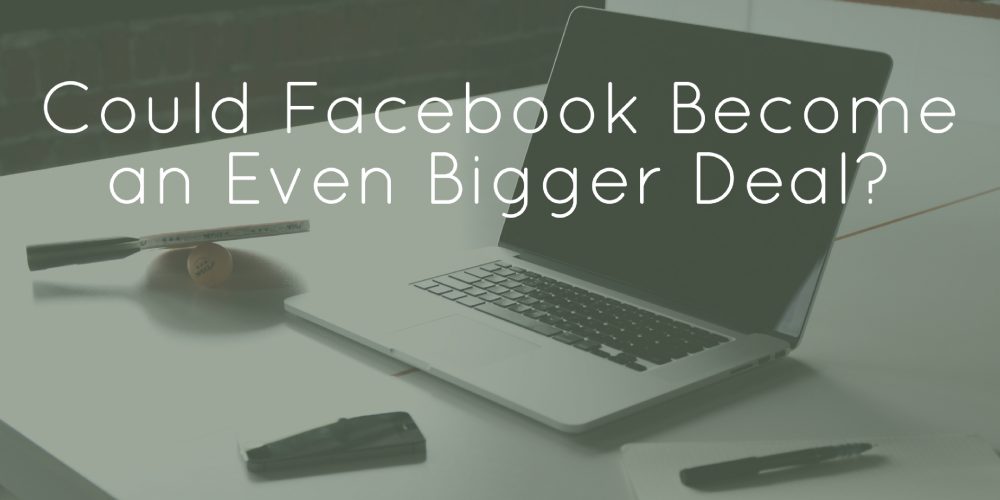Facebook Enters Enterprise Market with Release of Workplace by Facebook
Facebook has certainly come a long way since its founding by CEO Mark Zuckerberg in 2004. It is the leading social media platform connecting users across the globe, with one in four people on earth using the network to connect with friends and family, according to Wired.
So, Facebook has indisputably found tremendous success as a consumer tool, but how it will perform as a business tool, connecting coworkers now rather than family and friends, remains to be seen, as Facebook officially released Workplace by Facebook on Monday.
Simply put, Workplace by Facebook is the commercial version of Facebook, and is run in much the same way, with familiar features including News Feed, Groups, Reactions, chat, search, trending posts, video and live video. As Facebook explains, they have brought “the best of Facebook” to the workplace. These features are simply enhanced to accommodate business interactions. For instance, chat has the added feature of group audio calling, allowing co-workers to communicate more effectively. Users can also join multi-company groups, allowing cross-collaboration between businesses. The Live feature allows employees to address one another via live videostream.
Workplace by Facebook is intended to cater to the digital habits of millennials among whom Facebook is familiar territory, a group that by 2020 will make up half the workforce. Facebook believes its popularity as a consumer tool among millennials will give it a competitive edge over other enterprise software companies.
While Facebook is playing up its familiarity as a selling point in recruiting businesses to its new service, it is important to note that it’s a little late to hop on the bandwagon. There is already an established business software market in place including tools such as Google’s Gmail, Microsoft’s Yammer, Salesforce’s Chatter, and Slack.
Additionally, while Workforce by Facebook has many familiar features, there are some key differences as well. Namely, Workforce by Facebook is not a free application like its predecessor. Subscription fees range from $1 to $3 per user, based on the number of monthly active users at a business. Businesses will be charged $3 apiece for the first 1,000 monthly active users, $2 apiece for up to 10,000 monthly users, and $1 apiece for more than 10,000 monthly users. Nonprofits and educational services will be exempt from fees.
It is too early to ascertain how successful Workplace by Facebook will be and whether or not it will prove to be worth the price, but one obvious advantage is its advanced level of security. As a paid service and a private network (unlike Facebook, which is supported by advertising), it will keep corporate data separate and secure.
Workplace by Facebook also has the added advantage of 1,000 businesses already using the service, since it was released 18 months ago as a prototype under the name of Facebook at Work. These businesses include large multinational companies such as Starbucks, Danone, and Booking.com, international nonprofits such as Oxfam, and regional leaders such as YES Bank in India. Workplace by Facebook also has the support of Microsoft, Deloitte, and enterprise cloud company Box.
It goes without saying that Facebook has dominated the social sphere as a staple in people’s personal lives, so only time will tell how it performs in the corporate world.

